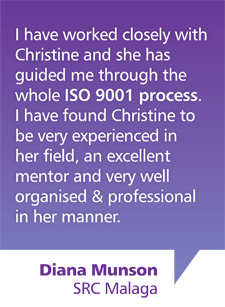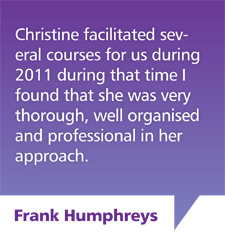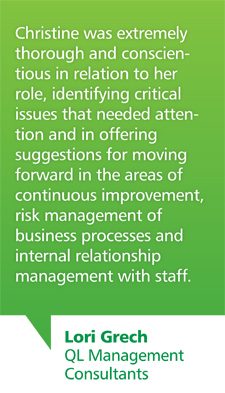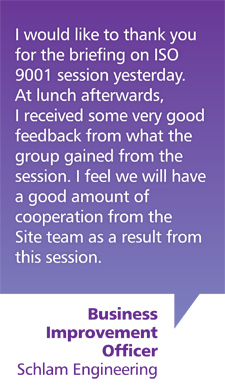Communicating in the workplace: Which method is best?
 Image credit: Stefan Stefancik
Image credit: Stefan Stefancik
Look at any organisation’s documentation, including position / job descriptions, and you will see “good communication skills” listed. What does this mean and has the organisation clearly articulated what that means for them? If they haven’t, individuals will use their own initiative to communicate, which in this day and age usually means emails.
For staff members that have the responsibility of communicating information across various groups within an organisation, for example Board, Leadership Team, Staff, or to departments, sites, States, countries etc., developing a good communication plan is essential. It is critical to get the communication method correct, because if it’s unsuitable the information can be missed or ignored. For smaller companies it is usually the person who picks up the phone or receives the email who will represent the company.
What needs to be considered when communicating internally and externally?
- What is to be communicated - topic
- When to communicate – planned or ad-hoc
- Whom to communicate with – agreed list of stakeholders
- Who communicates - clear authorisation on who can communicate internally / externally
- How to communicate – see points below
(ISO 9001:2015 clause 7.4 Communication)
Examples of communication methods are:
- One-on-one
- Face-to-face (meetings, focus groups)
- Newsletters
- Procedural documentation
- Lunch and learn forums
- Meet and greet sessions
- Town hall sessions
- Websites
The importance and content of the information should be the deciding point in how and when to communicate internally and externally. Some examples:
- Providing information on products and services (electronically ensures currency of information)
- Management reports
- Performance reviews (strictly confidential and usually stored in a secure location)
- Board reports (authorised personnel to view only)
- Audit reports (depending on the topic they can be restricted access or placed on organisation’s intranet site)
- Key Performance Indicators (depending on the organisation’s culture, this can be restricted access or placed on the organisation’s intranet site)
There isn’t an overall ‘best’ method to communicate but it is up to an organisation and individuals to be clear about the options available for a particular situation, and that people have the competence to carry out the agreed communication approach.
Christine Brown is founder and managing director of Potential Unlocked, a market leader in the design of management systems that meet compliance and business requirements. She holds a Bachelor of Arts (double major in Political Science and Public Sector Management); RABQSA Lead Auditor, DiSC 5 Behaviours of a Cohesive Team accreditation; Everything DiSC accreditation, TAE 40110 Cert IV Training & Assessment & TAELLN 411.
Due to her extensive knowledge and experience, Christine is trusted by her clients for her patience, understanding and her ability to interpret compliance requirements in a straightforward, uncomplicated way. She regularly facilitates in-house and public workshops, sharing her knowledge of designing simple processes and systems, communicating effectively as an auditor, building and leading teams, and risk management.
Christine’s clients range from small business and start-ups to large organisations and government departments. Covering a broad range of industries, her clients include Boral, BAE Aerospace, Geobrugg, Tenix, West Australian Police, and the Victorian Ambulance Service.
Christine’s new initiative, The Business Performance Program, assists businesses with all major areas of business that are essential for success
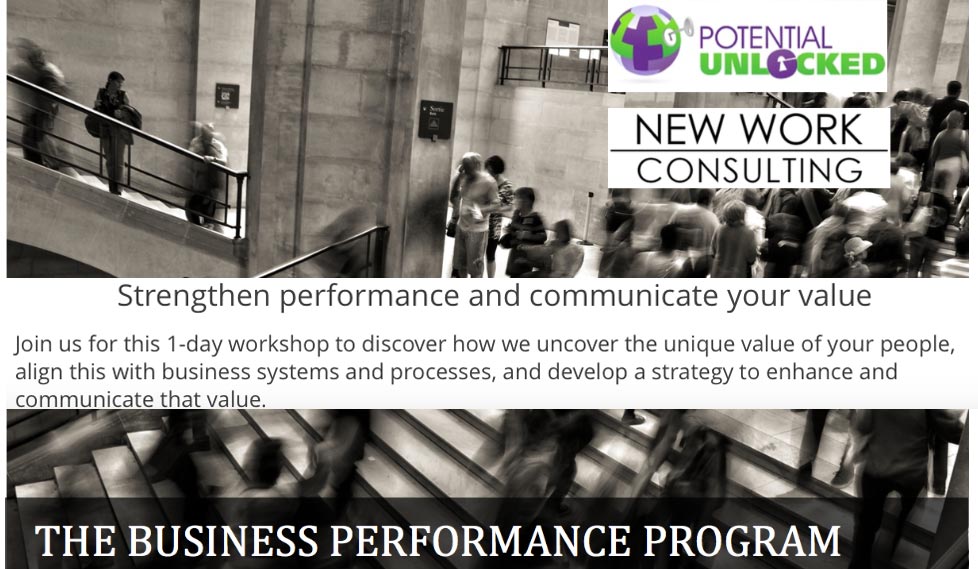
For any further information on contracting in an internal auditor to conduct your audits or auditor training please refer to more Audit Tips.






